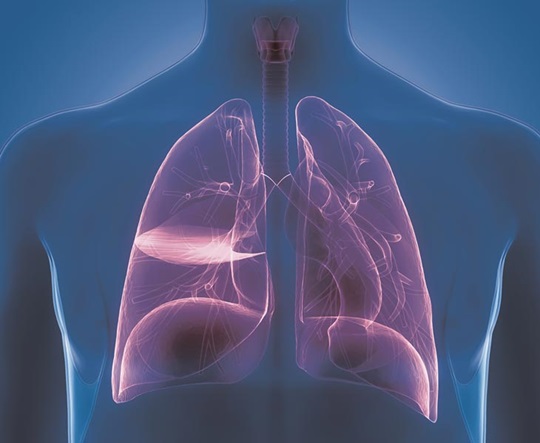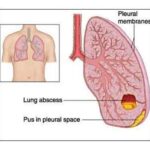Lower respiratory infections (LRIs) are among the leading causes of morbidity and mortality worldwide. They affect the lungs and airways, leading to conditions such as pneumonia and bronchitis. These infections can be caused by bacteria, viruses, or fungi, and they pose a significant health risk, particularly to young children, the elderly, and individuals with weakened immune systems.

Types of Lower Respiratory Infections
1. Pneumonia
Pneumonia is an infection that inflames the air sacs in one or both lungs. It can be bacterial, viral, or fungal in origin. Symptoms include:
- Fever and chills
- Cough with phlegm
- Shortness of breath
- Chest pain
2. Bronchitis
Bronchitis occurs when the bronchial tubes become inflamed, typically due to a viral infection. It can be acute or chronic. Symptoms include:
- Persistent cough with mucus
- Fatigue
- Wheezing
- Chest discomfort
3. Influenza-Related Lower Respiratory Infections
Influenza can lead to severe lung infections, particularly in vulnerable populations. It may cause:
- High fever
- Severe body aches
- Dry or productive cough
- Respiratory distress
4. Tuberculosis (TB)
Tuberculosis is a bacterial infection caused by Mycobacterium tuberculosis. It primarily affects the lungs but can spread to other organs. Symptoms include:
- Persistent cough lasting more than three weeks
- Night sweats
- Unexplained weight loss
- Hemoptysis (coughing up blood)
Causes and Risk Factors
Lower respiratory infections are caused by various pathogens, including:
- Bacteria: Streptococcus pneumoniae, Haemophilus influenzae
- Viruses: Influenza, respiratory syncytial virus (RSV), COVID-19
- Fungi: Aspergillus, Pneumocystis jirovecii (common in immunocompromised patients)
Risk Factors
- Weakened immune system
- Smoking
- Chronic respiratory diseases (e.g., COPD, asthma)
- Air pollution exposure
- Poor hygiene and overcrowding
Diagnosis of Lower Respiratory Infection
1. Physical Examination
Doctors assess symptoms such as wheezing, fever, and breathing difficulties.
2. Diagnostic Tests
- Chest X-ray: Helps detect pneumonia or lung abnormalities.
- Blood Tests: Identify infection markers like white blood cell count.
- Sputum Culture: Determines bacterial or fungal presence.
- Pulse Oximetry: Measures oxygen saturation levels.
Treatment Options
1. Antibiotics (For Bacterial Infections)
Commonly prescribed for bacterial pneumonia and bacterial bronchitis.
2. Antiviral Medications
Used for viral infections like influenza or RSV in high-risk patients.
3. Bronchodilators and Corticosteroids
Prescribed for patients with COPD or severe bronchitis to open airways.
4. Oxygen Therapy
For severe cases with breathing difficulties and low oxygen levels.
Prevention Strategies
1. Vaccination
- Influenza vaccine
- Pneumococcal vaccine
- COVID-19 vaccine
2. Hand Hygiene and Respiratory Etiquette
- Regular hand washing
- Using masks in crowded places
- Covering mouth while coughing
3. Avoiding Smoking and Air Pollutants
Smoking damages lung tissue, increasing susceptibility to infections.
4. Healthy Lifestyle
- Balanced diet rich in vitamins and antioxidants
- Regular exercise to strengthen lung function
- Proper hydration
Complications of Lower Respiratory Infections
If untreated, LRIs can lead to severe complications, including:
- Respiratory failure
- Sepsis (body-wide infection response)
- Lung abscess
- Chronic respiratory issues
Lower respiratory infections remain a significant health concern, requiring prompt diagnosis and treatment. Vaccination, hygiene, and lifestyle modifications play a crucial role in prevention. Understanding the symptoms, risk factors, and treatment options can help reduce the burden of these infections and improve patient outcomes.

